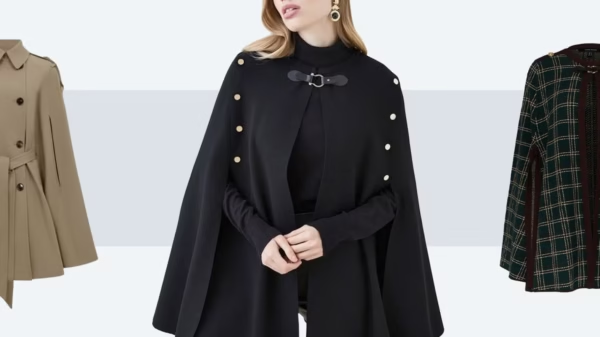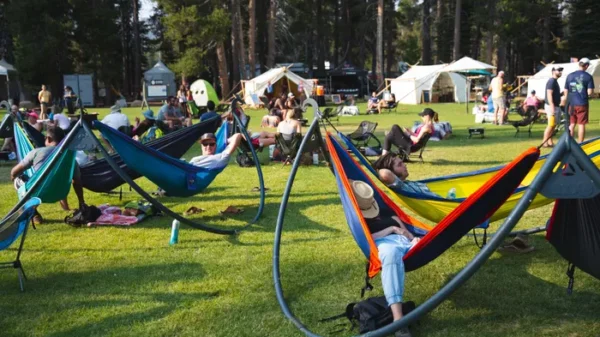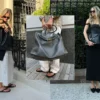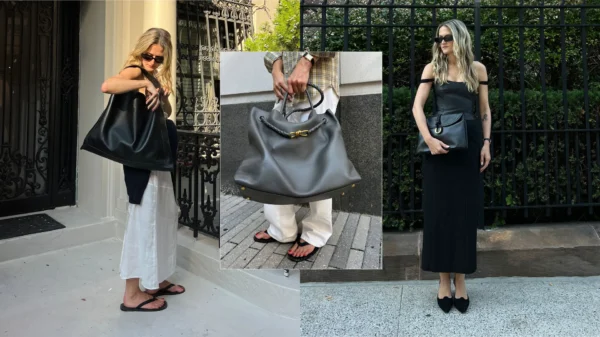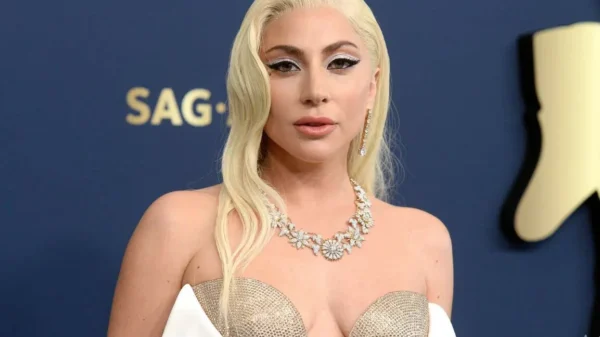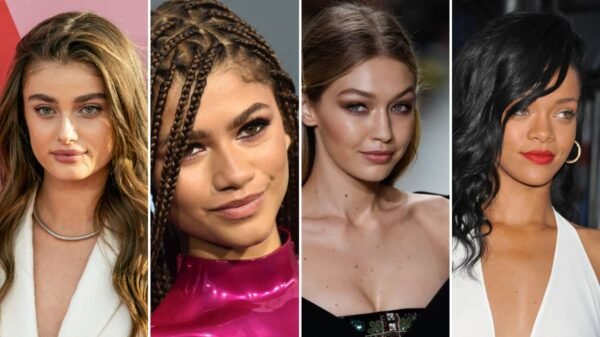Capes and capelets are making a significant comeback in 2025, emerging as stylish outerwear options that blend drama and sophistication. These pieces offer a chic alternative to traditional jackets and coats, providing versatility and a touch of elegance to contemporary wardrobes.
A Historical Perspective
Historically, capes have been associated with nobility and ceremony, often seen in royal attire and ecclesiastical garments. Their flowing silhouettes and dramatic presence have long symbolized power and prestige. In the 20th century, capes found their way into haute couture, with designers like Pierre Cardin and Schiaparelli incorporating them into their collections. Today, capes are being reimagined for modern fashion, blending historical significance with contemporary design.
Runway Resurgence
The resurgence of capes and capelets has been prominently featured on the runways of major fashion houses. Designers like Chloé, Burberry, and Gabriela Hearst have showcased capes in various forms, from structured wool designs to flowing chiffon pieces. These modern interpretations highlight the versatility of capes, making them suitable for both formal occasions and everyday wear.
Celebrity Endorsements
Celebrities have embraced the cape trend, further cementing its place in contemporary fashion. At the 2025 Grammys, stars like Gracie Abrams and Kelsea Ballerini donned elegant capes on the red carpet, showcasing their dramatic flair. Similarly, Jennie from BLACKPINK made headlines by wearing a chic, powder-blue cape during Chanel’s couture week show, demonstrating the cape’s adaptability to various styles.
Versatility in Design
Modern capes and capelets come in a variety of designs, catering to diverse fashion preferences. From minimalist styles in neutral tones to bold, patterned pieces, there’s a cape for every occasion. Designers are experimenting with different fabrics and cuts, offering options that range from lightweight, airy capelets to heavier, structured capes suitable for colder climates.
Styling Tips
Incorporating capes into everyday outfits can be both stylish and practical. For a casual look, pair a lightweight capelet with jeans and ankle boots. For formal occasions, a structured cape over a dress can add a touch of elegance. Layering capes over tailored trousers or skirts can also create a sophisticated ensemble suitable for the office or evening events.
Seasonal Adaptability
Capes and capelets are not limited to a specific season. In spring and summer, lighter fabrics like chiffon and silk offer breathable options, while in fall and winter, wool and cashmere capes provide warmth and comfort. This adaptability makes them a valuable addition to any wardrobe, offering style and functionality year-round.
Gender-Inclusive Fashion
The cape trend transcends gender norms, with designers creating styles that appeal to all genders. From classic designs to more avant-garde interpretations, capes offer a versatile option for anyone looking to make a fashion statement. This inclusivity reflects the evolving landscape of fashion, where self-expression and individuality are celebrated.
Sustainable Choices
As sustainability becomes increasingly important in fashion, many designers are producing capes using eco-friendly materials and ethical practices. Brands are focusing on quality and longevity, ensuring that these pieces are not only stylish but also environmentally responsible. Investing in a well-made cape can be a sustainable choice, offering timeless appeal and reducing the need for frequent replacements.
Conclusion
Capes and capelets are redefining outerwear in 2025, offering a blend of drama, sophistication, and versatility. Their resurgence on runways and red carpets, combined with their adaptability to various styles and seasons, makes them a compelling choice for modern fashion enthusiasts. Whether you’re seeking a statement piece or a functional layer, capes provide a chic alternative to traditional jackets and coats, embodying the evolving nature of contemporary fashion.






